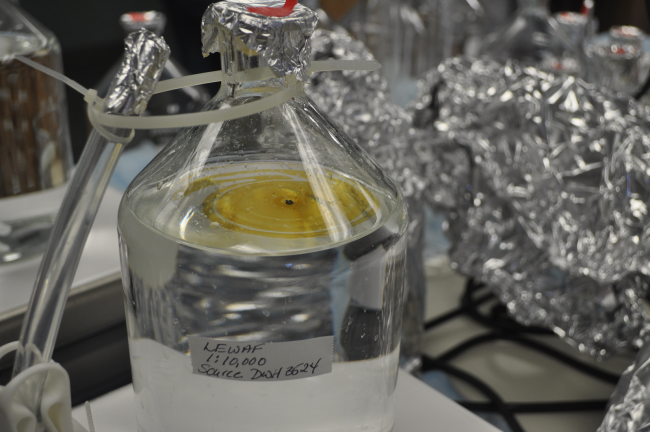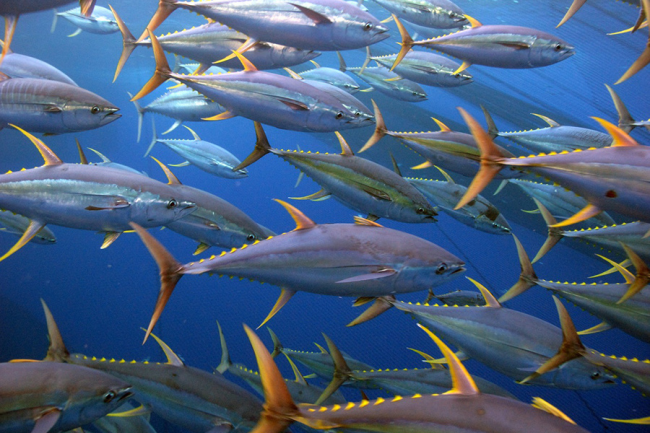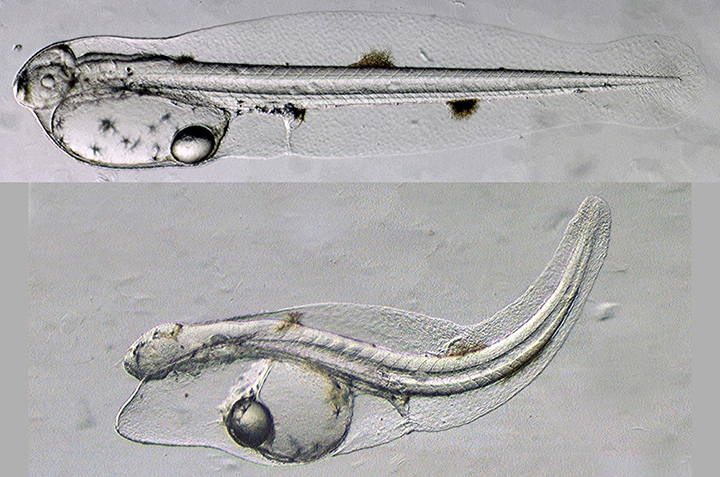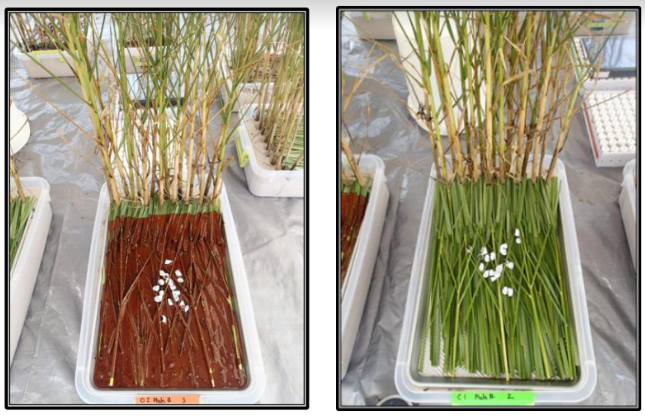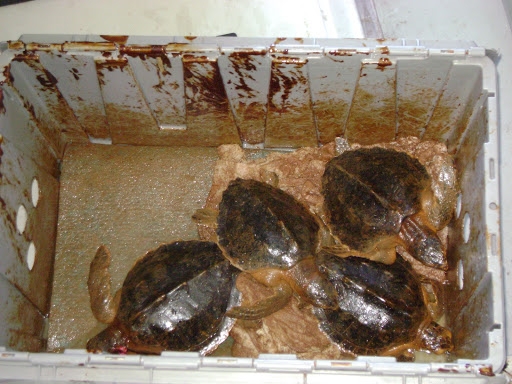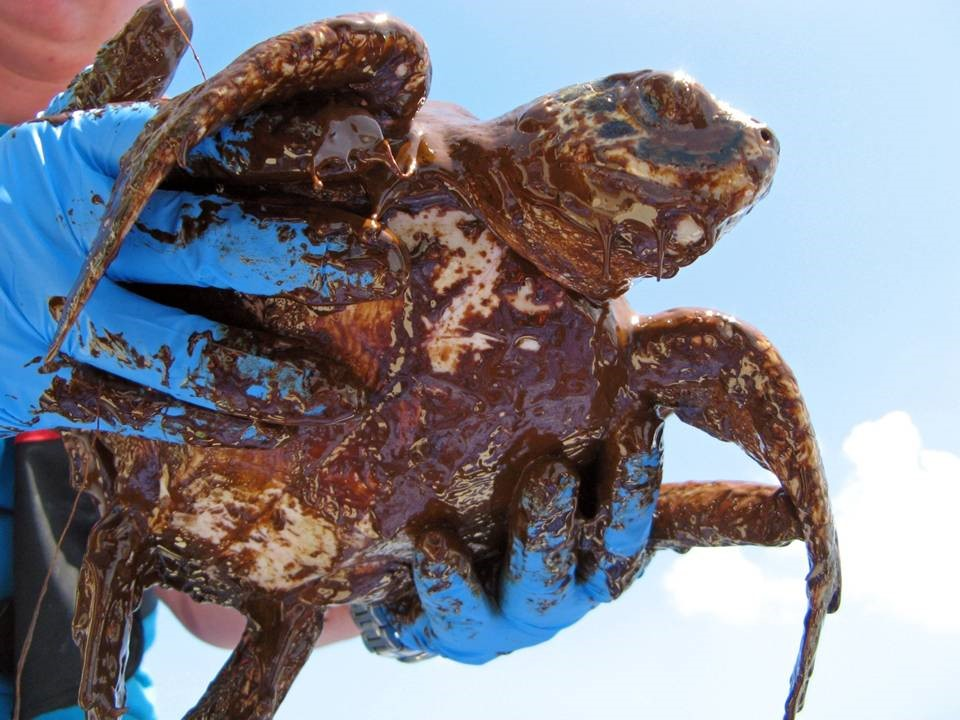On April 20, 2020, NOAA will join our state and federal partners in observing 10 years after the Deepwater Horizon oil spill — an incident that resulted in the tragic loss of human life and an unprecedented impact to the Gulf’s coastal resources and the people who depend on them. From March 30 to April 20, tune in as we go back in time to the day of our country’s largest marine oil spill, what’s happened since then, and how we’re better prepared for future spills. In our latest blog, learn more about the advances in oil toxicity science that followed the Deepwater Horizon spill.
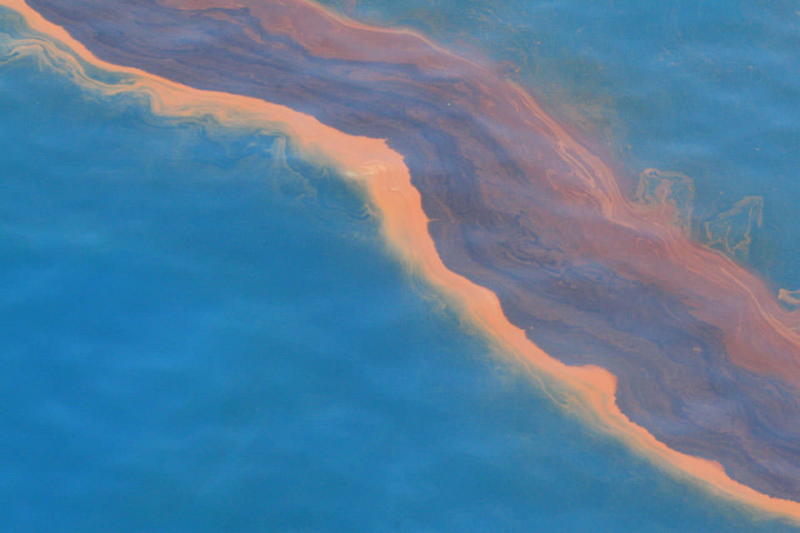
How toxic was the Deepwater Horizon oil spill to life in the Gulf of Mexico?
It’s a simple question with complex answers. Assessing the impacts of the largest marine oil spill in U.S. history required a comprehensive program to evaluate the toxic effects of Deepwater Horizon oil, including numerous laboratory studies to support habitat-specific work in the field.
The body of information gathered from this effort profoundly expanded the scientific literature available on the ecotoxicity of oil to a wide range of species, and continues to fuel advances in science today.
Understanding Toxicity and an Enormous Ecosystem
Toxicity is the study of how, and to what degree, chemicals may be poisonous to living things.
Toxicity differs from “fouling," which is when oil physically harms an animal, like how oil can strip away feather’s insulating properties, leaving birds at risk of hypothermia.
Oil toxicity has been extensively studied for many years. In the wake of Deepwater Horizon, scientists needed to learn how oil impacted key Gulf of Mexico species, especially the sensitive early life stages (larvae and juveniles). Scientists also needed to understand sublethal impacts like heart damage, reduced growth, immune effects, and other issues which reduce odds of survival and can disrupt ecosystems on a broader level.

Deepwater Horizon field studies examined where the oil was going, how it changed in the environment, what habitats and animals were being exposed, and the oil concentrations and types they were being exposed to.
To answer questions raised during field studies, a series of laboratory studies were designed to investigate specific questions like the effects of different types of oil and sunlight conditions on toxicity to animals and plants at different life stages.
By using mostly native Gulf species and oil and sediment collected from the Deepwater Horizon spill to conduct these laboratory studies, government and academic researchers gained incredibly specific insights into how different creatures and habitats were impacted.
Laboratory studies were conducted on 21 species of fish, 12 species of invertebrates, plankton, freshwater turtles (as a surrogate for sea turtles), and four species of birds under different exposure conditions.
Through this comprehensive toxicity testing program, NOAA and our partners created an unprecedented, large, and coherent dataset to draw conclusions about how the Gulf of Mexico natural resources were injured by the BP oil spill. We also made all of these data publicly available and published them in the scientific literature so that other scientists could benefit from and leverage this work.
What We Learned in the Lab
Oil Toxicity and Water Column Resources
The waters offshore and near to the Gulf Coast are home to a rich diversity of fish and invertebrates. Researchers exposed some of these creatures under controlled laboratory conditions at varying life stages to Deepwater Horizon oil mixed into water, slicks at the water surface, and sediment.
Researchers confirmed that in addition to lethality, exposure to Deepwater Horizon oil causes developmental abnormalities, including heart and spinal defects in early life-stage fish. Older fish were less vulnerable, but were more likely to have sublethal injuries like stunted growth, immune system problems and impaired swimming ability. These injuries can lead to premature mortality or reduced productivity.
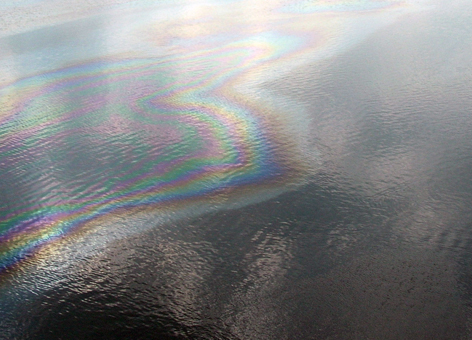
As part of the evaluation of water column resources researchers exposed fish and invertebrates to thin sheens of oil on the surface of the water. They found that the embryos and eggs of these animals are particularly susceptible to oil toxicity, and that thin rainbow sheens of surface oil were found to be lethal to them.
Researchers also found that Deepwater Horizon oil can be roughly 10-100 times more toxic to transparent animals in the presence of natural sunlight, this as a result of photo-induced or photo-enhanced toxicity.
The larvae of fish and invertebrates are often transparent, and ultra-violet (UV) light magnifies harmful effects at even very low levels of exposure. This happens even if the time the organisms are exposed to oil or sunlight is short.
Dispersants applied during response, and oil-dispersant mixtures, were also evaluated for toxicity. By themselves, the chemical dispersants used during the Deepwater Horizon response are considerably less toxic to fish than the oil itself. However, adding dispersants to marine oil spills results in more of the toxic components of oil mixing into the water, potentially increasing exposure.
Oil Toxicity and Bottom-Dwelling Resources
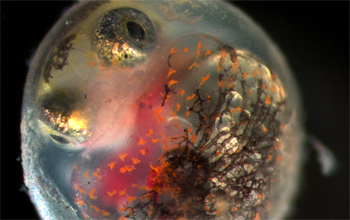
Many species of invertebrates and fish live among the bottom sediments of oceans and estuaries. This habitat ranges from shallow marshes to the depths of the deep-sea ocean floor.
Researchers exposed bottom-dwelling invertebrates such as oysters, crabs and shrimp to sediments contaminated with Deepwater Horizon oil, as well as fish like red drum, Southern flounder and killifish, among others.
Researchers learned that Deepwater Horizon oil was toxic to bottom-dwelling creatures both in oil contaminated sediments collected from the Gulf of Mexico, and in sediments spiked with DWH oil in the laboratory. Bottom-dwelling organisms experienced death, reduced growth, and reproductive issues when exposed to polluted sediments from nearshore and deep-sea environments.
Oil Toxicity and Nearshore Resources
Fish and invertebrates such as crabs, shrimp, oysters and snails all live near to shore. Researchers exposed creatures that live in nearshore habitats to Deepwater Horizon oil in sediments and on marsh vegetation.
Researchers learned species in saltwater marshes experienced death, reduced growth, and problems with reproduction when exposed to sediments polluted with Deepwater Horizon oil. Among the many recorded sub-lethal effects, Southern Flounder experienced damage to gill and liver tissues, Pacific white shrimp experienced stunted growth, Gulf killifish embryos were less likely to hatch, and oysters experienced adverse effects at all life stages.
All these species, and others including marsh periwinkle, also experienced increased mortality when exposed to various concentrations of Deepwater Horizon oil.
Oil Toxicity and Sea Turtles
All species of sea turtles are protected under the Endangered Species Act, so freshwater turtles were used as a surrogate to study how ingesting Deepwater Horizon oil impacted sea turtles.
Researchers learned freshwater turtles that ingested Deepwater Horizon oil experienced multiple toxic effects such as DNA damage. Oil exposed turtles also showed signs of dehydration and problems digesting and absorbing nutrients.
Oil Toxicity and Marine Mammals

To support field data collected about bottlenose dolphins, focused and limited laboratory studies were conducted using a mammalian cell line culture to evaluate the effects of Deepwater Horizon oil on stress response and adrenal gland function.
Researchers learned exposure to Deepwater Horizon oil caused problems regulating stress hormones in adrenal cells (from humans) and kidney cells (from Gulf toadfish) used as surrogates for marine mammals. This reduces an animal’s ability to respond to stressful situations, which reduces their overall health and fitness.
Why These Scientific Advancements Are Important
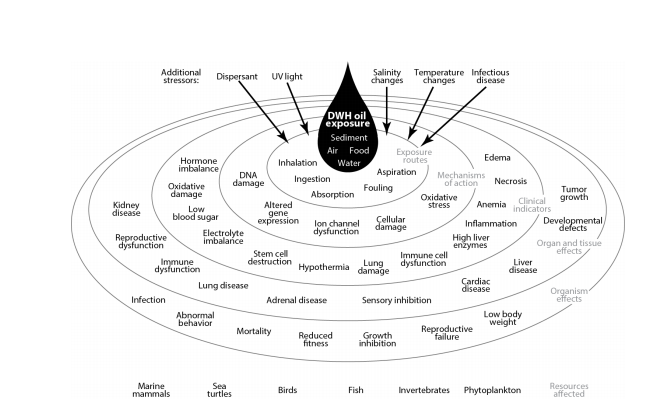
When organisms are exposed to chemical contaminants such as oil, the resulting toxic effects can occur in a variety of ways, depending on the species, individual life history, nature of the exposure, and other factors.
However, there is remarkable consistency in observed toxic effects of oil among the Deepwater Horizon toxicity testing results noted above, data from other Deepwater Horizon laboratory and field studies, and information from other oil studies. The studies conducted in the lab helped to knit together a comprehensive picture of how oil injured life in the Gulf of Mexico.
These studies greatly advanced what scientists understand about oil toxicity, and generated a massive dataset that helped reach a historic $8.8 billion settlement with BP to restore the Gulf of Mexico. Our improved understanding of the toxic injuries also helps NOAA and our partners use those funds for projects that strategically benefit communities, ecosystems, and economies across the Gulf.
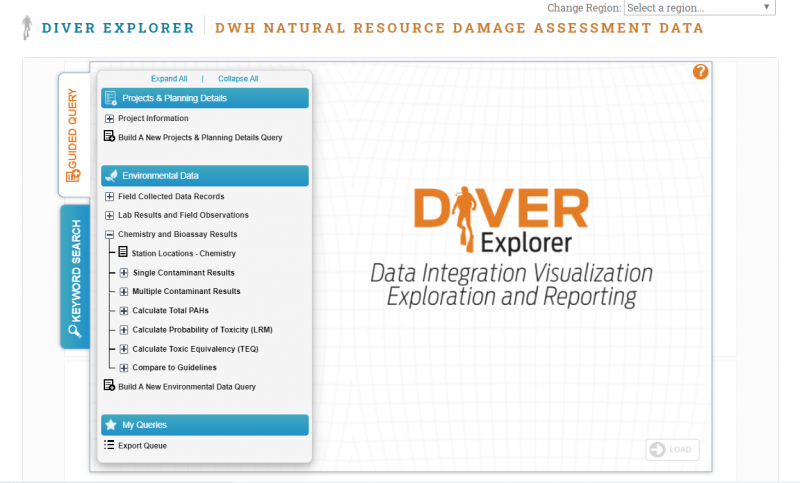
Over the last 10 years, NOAA has utilized these advances to prepare for, respond to, and assess the impacts of several oil spills. By making the data publicly available and publishing the results, the science that began during Deepwater Horizon fuels even more research.
From Arctic cod studies in Alaska, to understanding how sunlight and oil exposure impact red drum, scientists have and will continue to build on lessons learned from the Gulf of Mexico for years to come.

